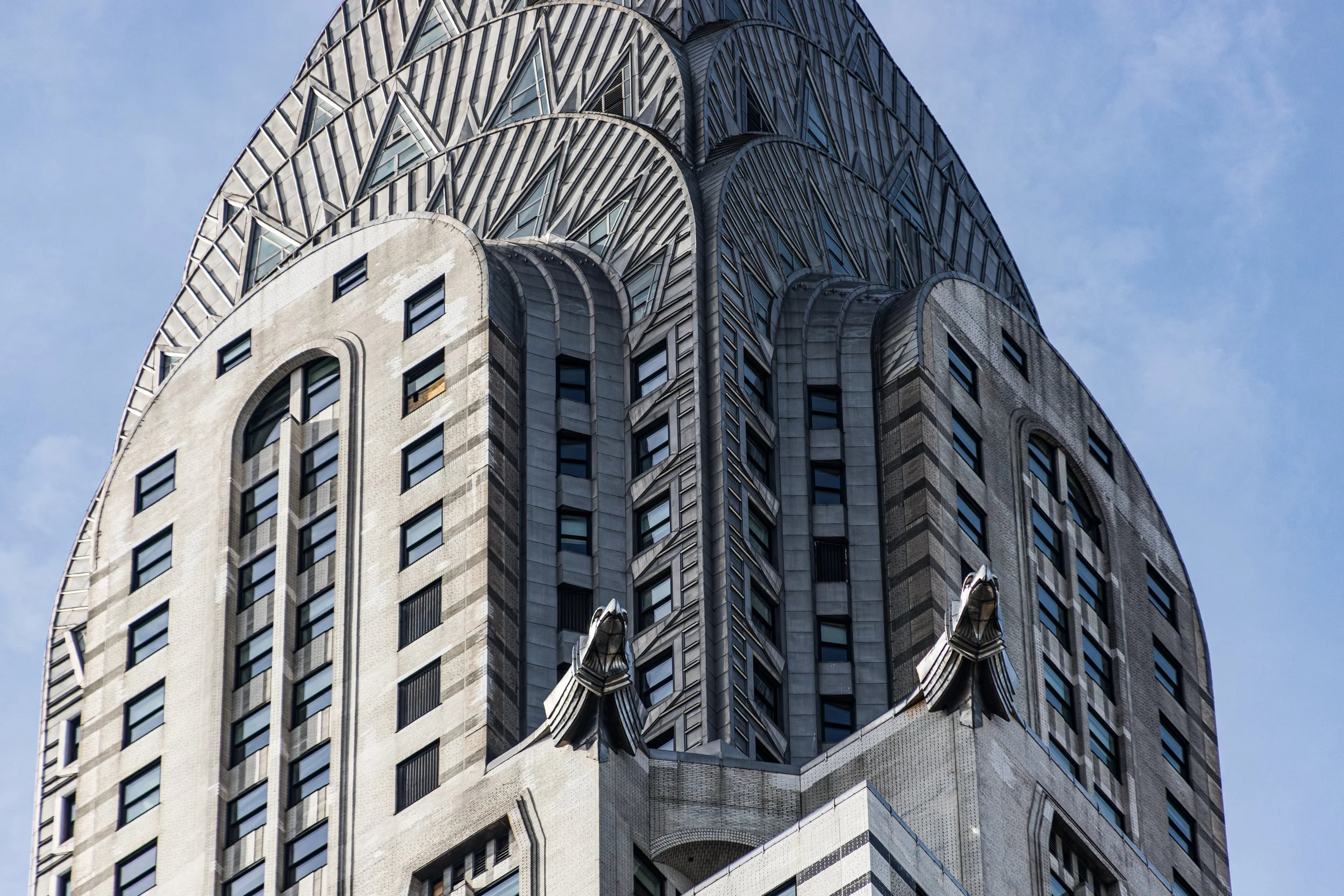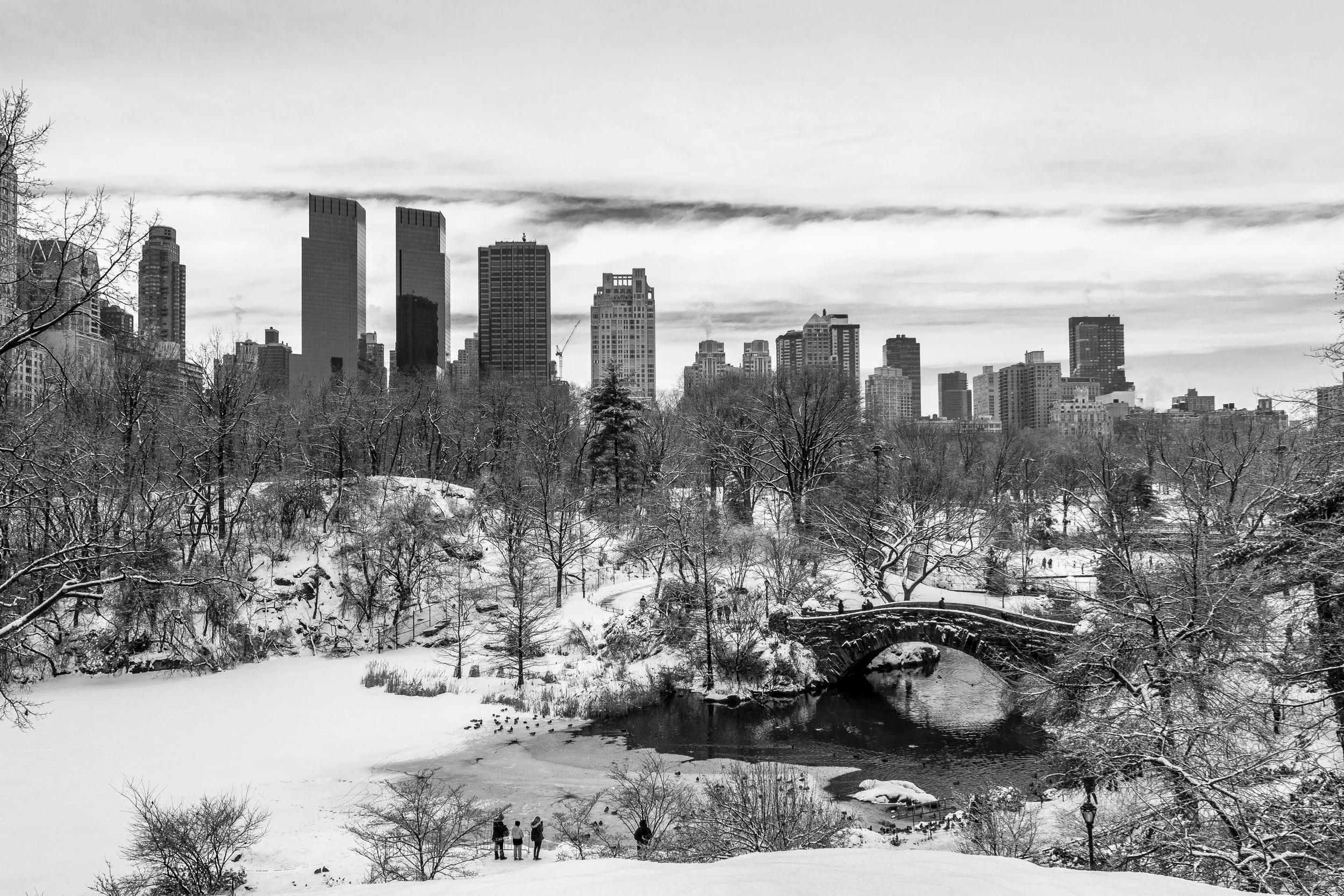
THE VISIONS OF NEW YORK
There are as many New Yorks as there are moments of light. Seen through rain or reflection, in twilight haze or midnight flare, the city remakes itself in every frame. Visions of New York captures those transformations — the fleeting alignments of architecture, weather, and mood that define how the city feels rather than how it is.
Through these images, New York becomes both stage and subject: a place of endless atmosphere, reflection, and contrast. Shadows stretch across glass towers, neon dissolves into mist, bridges shimmer against distant boroughs. Each photograph is a vision — one fragment of the city’s infinite capacity to astonish.
Here, the metropolis is less documented than dreamed: not a grid to be measured, but a living abstraction rendered in light, motion, and memory.
The Visions:
Street Photography
The streets of New York have always been the city’s most honest mirror. In their reflections of glass and puddle, in the compressed theatre of corners and crosswalks, life unfolds unscripted and unguarded. Street photography here is less an art of documentation than an act of listening — to the pulse of footsteps, the language of light, the endless improvisation between motion and stillness.
This collection follows the city’s rhythm at ground level, where expression hides in plain sight: a hand raised to hail a cab, a face caught between neon and dusk, the geometry of strangers converging and parting again. Each image is both instant and eternity, a fragment of what it feels like to exist inside New York’s perpetual present.
Within Visions of New York, these photographs form the city’s dream of itself — a portrait not of monuments or design, but of energy made visible. They reveal the fragile grace of ordinary moments, reminding us that the city’s truest architecture is built not of steel and stone, but of people moving through light.
NYC At Night
When daylight fades, New York does not rest — it transforms. The city’s edges blur into light and reflection, its pulse shifting from the rhythm of work to the hum of electric desire. Towers become constellations, avenues become rivers of motion, and every pane of glass flickers with a different story.
NYC at Night captures this metamorphosis — the city illuminated by its own making. Here, neon replaces sunlight, and shadow becomes architecture. The camera traces the dialogue between darkness and glow: the shimmer of headlights beneath rain, the soft geometry of silhouettes in subway stations, the quiet theater of a diner window at 2 a.m.
At night, New York reveals its dual nature — immense yet intimate, vibrant yet solitary. The noise of the day gives way to a deeper rhythm, one written in color, reflection, and chance. In this light, the city becomes both mirror and mystery — a place where everything is visible, and nothing ever fully seen.
NYC In Winter
Winter softens New York without silencing it. Beneath the weight of gray skies and the hush of falling snow, the city exhales — its relentless motion slowed to a deliberate rhythm. Streets that thunder with heat and movement in summer turn contemplative in the cold: steam rising through manhole grates, footsteps dissolving in slush, the echo of sirens carried far across frozen avenues.
NYC in Winter captures the city’s most introspective season — when glass and iron take on the light of pewter, and bridges gleam like bone against the Hudson. The photographs linger in this quieter register: subway entrances haloed in breath, Central Park folded into silence, the faint warmth of windows promising life within.
Here, the city reveals its endurance and its grace. The crowds thin but never vanish; the skyline sharpens in the cold air, each structure standing in perfect clarity. In winter, New York feels both eternal and intimate — a metropolis pared to its essence, its heart still beating beneath a veil of frost.
Gotham Gothic
New York has always carried a shadow beneath its brilliance — a beauty edged with darkness, a grandeur that verges on the haunted. Beneath the gleam of glass towers lie cathedrals of stone, alleys of perpetual dusk, and rooftops where gargoyles still keep vigil over the streets below. Gotham Gothic gathers those moments when the city slips into its own mythology — when light and structure conspire to remind us that awe and unease often share the same architecture.
Here, the lens seeks out the gothic spirit that endures across boroughs and centuries: the spires of old churches rising through mist, the black river glinting beneath the bridges, the amber glow of a single window in an otherwise sleeping skyline. This is New York as a living fable — part cathedral, part underworld — where even decay is touched by reverence.
In the chiaroscuro of the city’s night, beauty deepens into mystery. Gotham Gothic is that reverent gaze: a meditation on the shadows that define the light, and on the way New York, even at its most spectral, remains indelibly alive.
CityChroniclesNYC
-

The Streets
The streets of New York form the living framework of the city — a network of energy and intention carved through centuries of movement. They are the city’s arteries, drawing millions through their corridors each day; a language of pavement and pattern that speaks of order and chaos in equal measure.
-

The Landmarks
The landmarks of New York are its great signatures — the visible testament to ambition and endurance written across stone, steel, and sky. From the Statue of Liberty’s raised torch to the Gothic crown of the Woolworth Building, from Grand Central’s constellations to the towering planes of the Empire State, each landmark embodies a chapter of the city’s identity.
-

The Exhibitions
Few cities have turned creativity into civic identity quite like New York. From the marble halls of The Met and the Cloisters to the experimental pavilions of MoMA PS1, from the sculptural quiet of Little Island to the open canvases of its murals and parks, the city exists as a gallery in perpetual renewal.
-

The Visions
There are as many New Yorks as there are moments of light. Seen through rain or reflection, in twilight haze or midnight flare, the city remakes itself in every frame. Visions of New York captures those transformations — the fleeting alignments of architecture, weather, and mood that define how the city feels.
-

The Explorations
Every photograph begins with a walk — and every walk through New York is a journey through both city and self. Explorations of New York is the ongoing record of those days: a chronicle of routes taken, bridges crossed, seasons observed, and stories found at street level.
New York City
Use this custom Google map to explore where every neighborhood in all five boroughs of New York City is located.
The Five Boroughs
One of New York City’s unique qualities is its organization in to 5 boroughs: Manhattan, Brooklyn, Queens, The Bronx, and Staten Island. These boroughs are part pragmatic administrative districts, and part vestiges of the region’s past. Each borough is an entire county in New York State - in fact, Brooklyn is, officially, Kings County, while Staten Island is, officially Richmond County. But that’s not the whole story …
Initially, New York City was located on the southern tip of Manhattan (now the Financial District) that was once the Dutch colony of New Amsterdam. Across the East River, another city was rising: Brooklyn. In time, the city planners realized that unification between the rapidly rising cities would create commercial and industrial opportunities - through streamlined administration of the region.
So powerful was the pull of unification between New York and Brooklyn that three more counties were pulled into the unification: The Bronx, Queens, and Staten Island. And on January 1, 1898, the City of New York unified two cities and three counties into one Greater City of New York - containing the five boroughs we know today.
But because each borough developed differently and distinctly until unification, their neighborhoods likewise uniquely developed. Today, there are nearly 390 neighborhoods, each with their own histories, cultures, cuisines, and personalities - and each with residents who are fiercely proud of their corner of The Big Apple.





